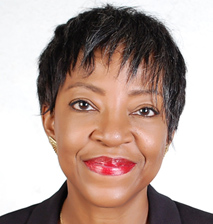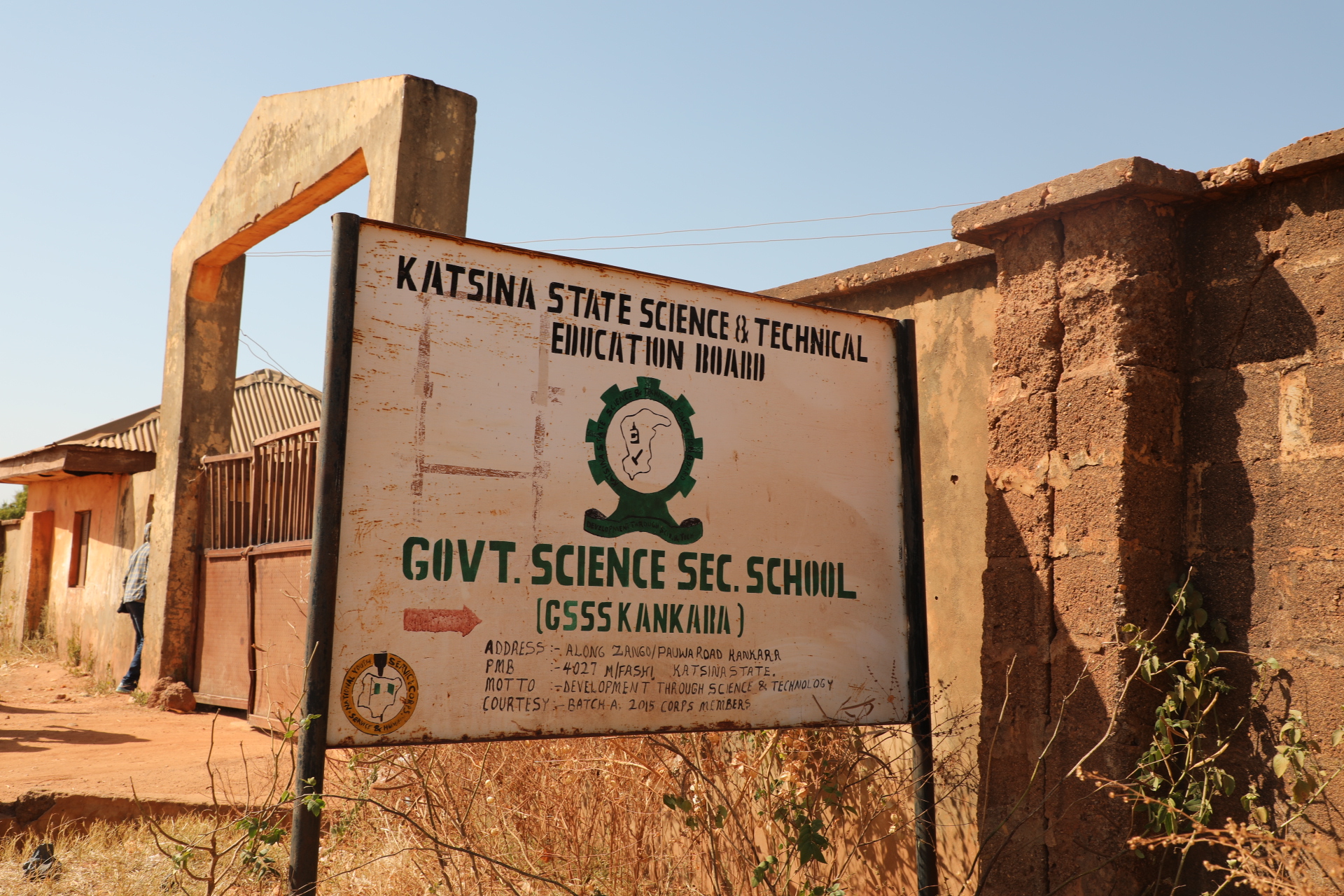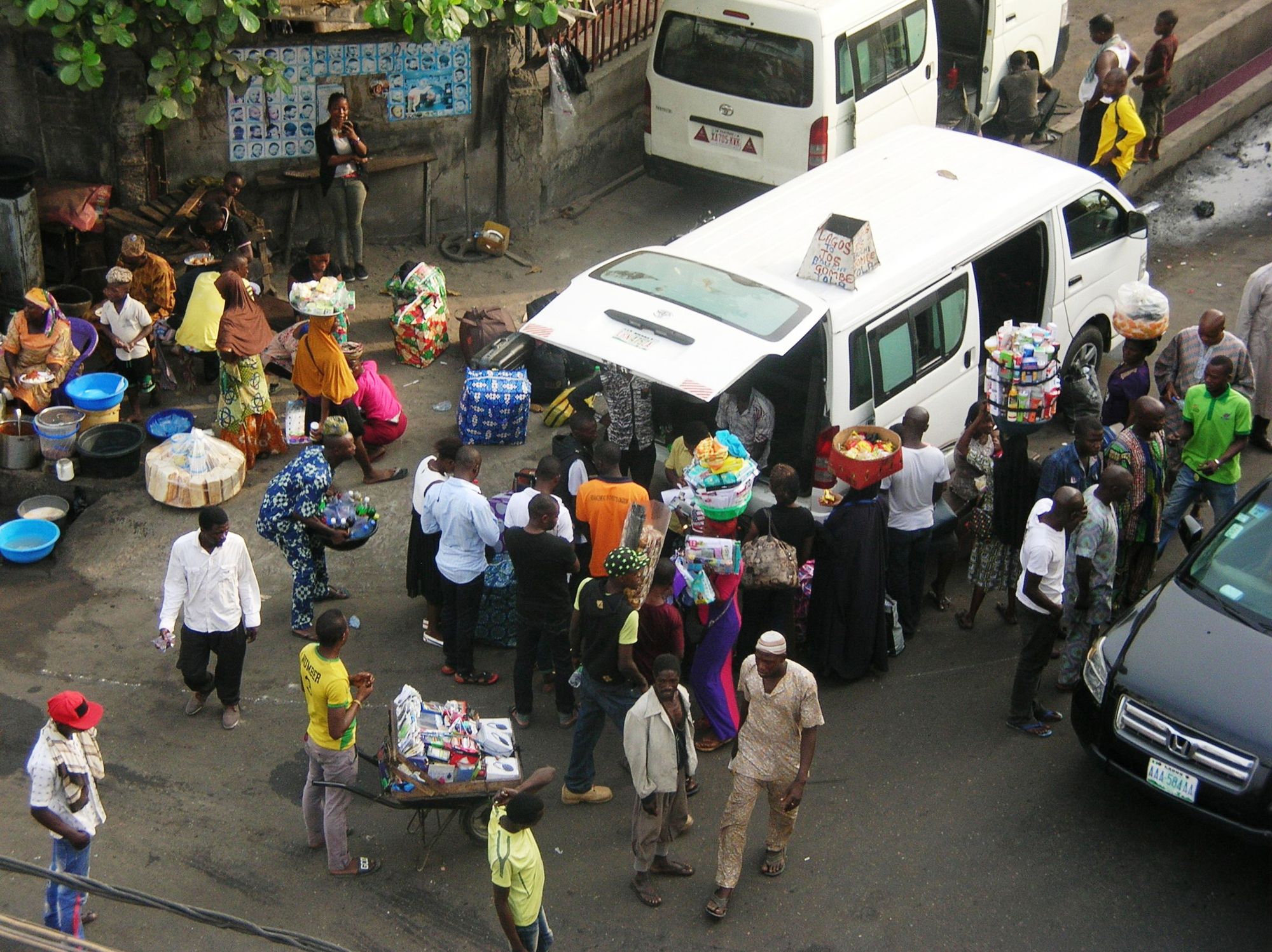Since the world was shocked by the massacre of school children at Columbine High School in 1999, the United States has seen a host of such school shootings. Some Americans think that the solution is to arm teachers so that should such an incident take place at their school, they will be able to shoot the attacker instead of cowering in cupboards. But others – Americans and a large proportion of people outside America – think that the solution is to restrict the availability of firearms (particularly assault and semi-automatic or automatic rifles) and to require background checks that oblige the would-be gun owner to prove their fitness to own such weapons, rather than waiting until they do something that justifies taking their weapons away or forbidding them to own any.
Either way, Americans have been unable or unwilling to address their school shooting problem, and the situation now, is that (just like the ‘winning’ they were promised by President Donald Trump but of which they saw rather less than enough to tire them) America is tired of school shootings because it has seen more than enough of them. Such tragedies now barely merit a place on the national news – the numbers are generally not high enough to push aside the daily COVID-19 count or whatever the latest presidential or ‘liberal’ outrage might be. Certainly there is no longer any sense of a grieving nation being led by a ‘Mourner-in-Chief’. Indeed, parents of the victims of the Sandy Hook Elementary School shooting in 2012 have had to battle the scepticism and even hostility of those who – following a political position of refusing to see any correlation between that tragedy and the US’s untrammelled access to deadly firepower – denied that any children had been killed at Sandy Hook at all, despite being given the names and photographs of the 27 victims.
Some of this will begin to sound familiar to Nigerians. We too have a problem with security (and denial) at our schools, particularly our boarding schools in the northern part of the country. Bunu Yadi, Chibok, Dapchi… Kankara. The numbers have to be pretty big, or the crime extraordinarily heinous to make the national or international news. As it happens, unlike the situation in the US, one can’t accuse our own governments of refusing to apply suggested remedies. Force and violence, a ruthless ‘no kid gloves’ approach, intelligence, development, job creation, de-radicalization, amnesty … even the re-filling of Lake Chad: they are all on the agenda of various Nigerian governments – past and present, federal and state. So one can hardly situate the failure to solve the problem of insecurity in our schools to governments being unwilling to do so.
So I guess we come back in line with the US in being unable to solve the problem. At least, so far.
Advertisement
Here’s another way in which we differ from the US. Children in the US undergo emergency drills that include not just what they should do in case of fire, but what they should do in case of a school shooting. They practice. They practice hiding under desks, cowering in cupboards, locking classroom doors – whatever the assessment of any given school’s authorities consider is the best way to keep their pupils safe.
In 2014 soon after the kidnapping of 276 schoolgirls from the Government Secondary School for Girls in Chibok, Borno State, the UN Special Envoy for Global Education, former British Prime Minister Gordon Brown was in the country to launch the ‘Safe Schools Initiative’. The $10 million fund pledged by business leaders here in Nigeria was to be used to make 500 schools in northern Nigeria safe for children to learn free from the fear of being murdered or kidnapped. The idea was that as the fund grew, the business community would require matching funds from the government.
Let me not pretend to even know how many schools were ever touched at all by the Safe Schools initiative, let alone what the components of such safety were supposed to be. We Nigerians can best say when we last saw so much as a fire drill in any public building. Our hotel room may (or may not) include instructions about what to do in case of fire, but really, we’re just kidding. We are still erecting buildings from which there is only one entrance and exit, only one staircase, and of course, for good measure, burglar-proof on windows set in walls that a good huff and a good puff from marauders could probably blow down without so much as a glance at the iron-decorated windows. At any rate, given our casual approach to everyday occurrences like fire, it will surprise few of us to see how unprepared our students and their teachers seem to be for attacks by insurgents, terrorists, bandits or just plain criminal kidnappers.
Advertisement
Once again, we have tales of panicked running here and there, attempts to scale school walls, no designated muster point … so that two days after the attack on Kankara School in Katsina State, the best the government and the school authorities could say was that 333 students are unaccounted for.
That is really not good enough. Schools should know who is in, and who is out.
About four years ago #BringBackOurGirls checked the security arrangements for schools in parts of Lagos. Could one just walk in? Generally no, one would be challenged. But by whom? Elderly retirees with barely a mobile phone, let alone the number for the nearest police authorities.
But then, that’s another way in which those in the US practising what to do should a mass shooter attack their school differ from us. They know that while they hide, a 911 emergency call will be made, and that help and rescue will be on its way within minutes. Comparisons are indeed odious, and this one – that in Nigeria, there is no such certainty – is probably the most odious of all … because it’s one that we can and must change.
Advertisement
Obe supports the #BringBackOurGirls movement
Views expressed by contributors are strictly personal and not of TheCable.
Add a comment







